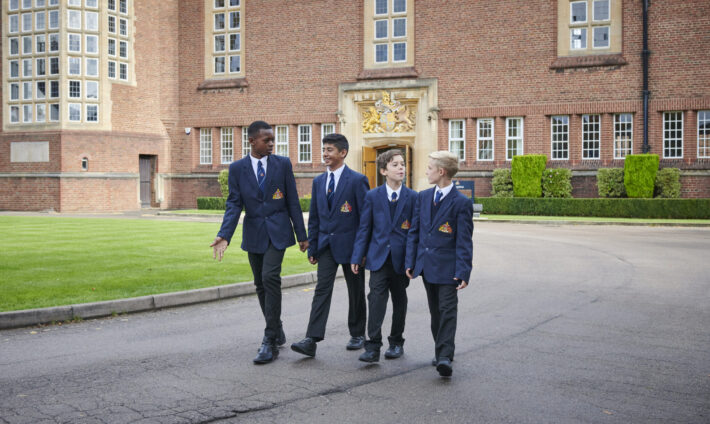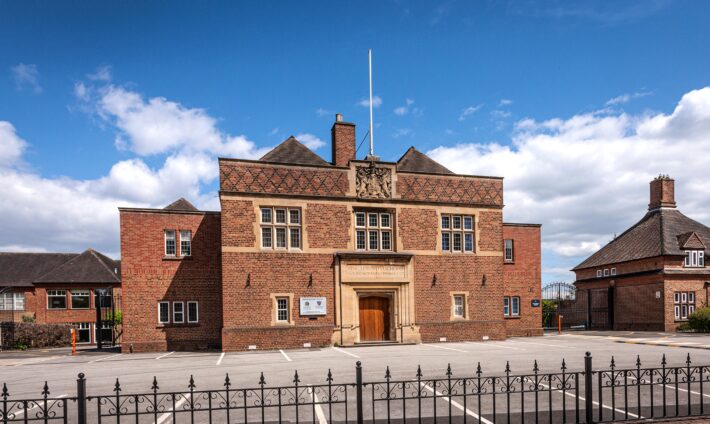
Our History
The history of the Foundation can be traced back as early as 1392 when gifts of land were made to found the Gild of the Holy Cross, which, during the next 150 years, provided support for the people of Birmingham. When the Gild saw its properties confiscated by advisers to the new King Edward VI in the wake of the Reformation, leading local parishioners successfully petitioned the King for the return of the Gild’s property assets in order to establish King Edward’s School on 2nd January 1552. The site was in the centre of Birmingham, close to where the Odeon Cinema is now located on New Street, a blue plaque marking the location today.
Over the next 300 years, the city of Birmingham grew significantly, being at the centre of the Industrial Revolution in the 18th century and at the forefront of worldwide developments in science and technology. By 1791 it was recognised as “The first manufacturing town in the world” and later became known as the “City of a thousand trades”.
And as Birmingham grew, so too did King Edward’s School. To reflect the enhanced wealth and status of the city, the governors employed two of the leading architects of the day, Charles Barry and Augustus Pugin, to design a completely new building which was opened on New Street in 1839.
And in 1883, the governors made their most important move since 1552, opening six more King Edward VI schools: a sister for King Edward’s School (KES) – King Edward VI High School for Girls (KEHS) – and five grammar schools, from which our current schools of King Edward VI Aston School, King Edward VI Camp Hill School for Boys, King Edward VI Camp Hill School for Girls, King Edward VI Five Ways School and King Edward VI Handsworth School for Girls date. The governors were seeking to make an open path for every able child in Birmingham to guide them from the public elementary schools of the borough, through the new grammar schools and high school and then to universities. No town in England compared with Birmingham in terms of educational advantage.
In the 20th century there were further changes as some of the schools moved out of their central locations to new sites across the city. So, KES and KEHS left New Street for Edgbaston, the two Camp Hill schools left Digbeth for King’s Heath and Five Ways left the Five Ways area for Bartley Green.
In 2011, King Edward VI Sheldon Heath Academy became the first school in more than 100 years to join our Foundation. King Edward VI Handsworth Grammar School for Boys joined in 2017, followed by King Edward VI Handsworth Wood Girls’ Academy in 2018. Two years after that, in 2019, they were followed by King Edward VI Balaam Wood Academy, and in 2021 by King Edward VI Northfield School for Girls. In 2022, we welcomed King Edward VI Lordswood School for Girls into the Foundation, taking our total to 13 schools, and most recently, we have welcomed King Edward VI King’s Norton School for Boys who joined the Foundation in January 2024.
Birmingham is now a major international commercial centre and its five universities make it one of the largest centres of higher education in the country outside London. Education has been at the heart of the city for many generations and the King Edward VI Foundation is proud not only of its history in this place but of the contribution that it continues to make.






